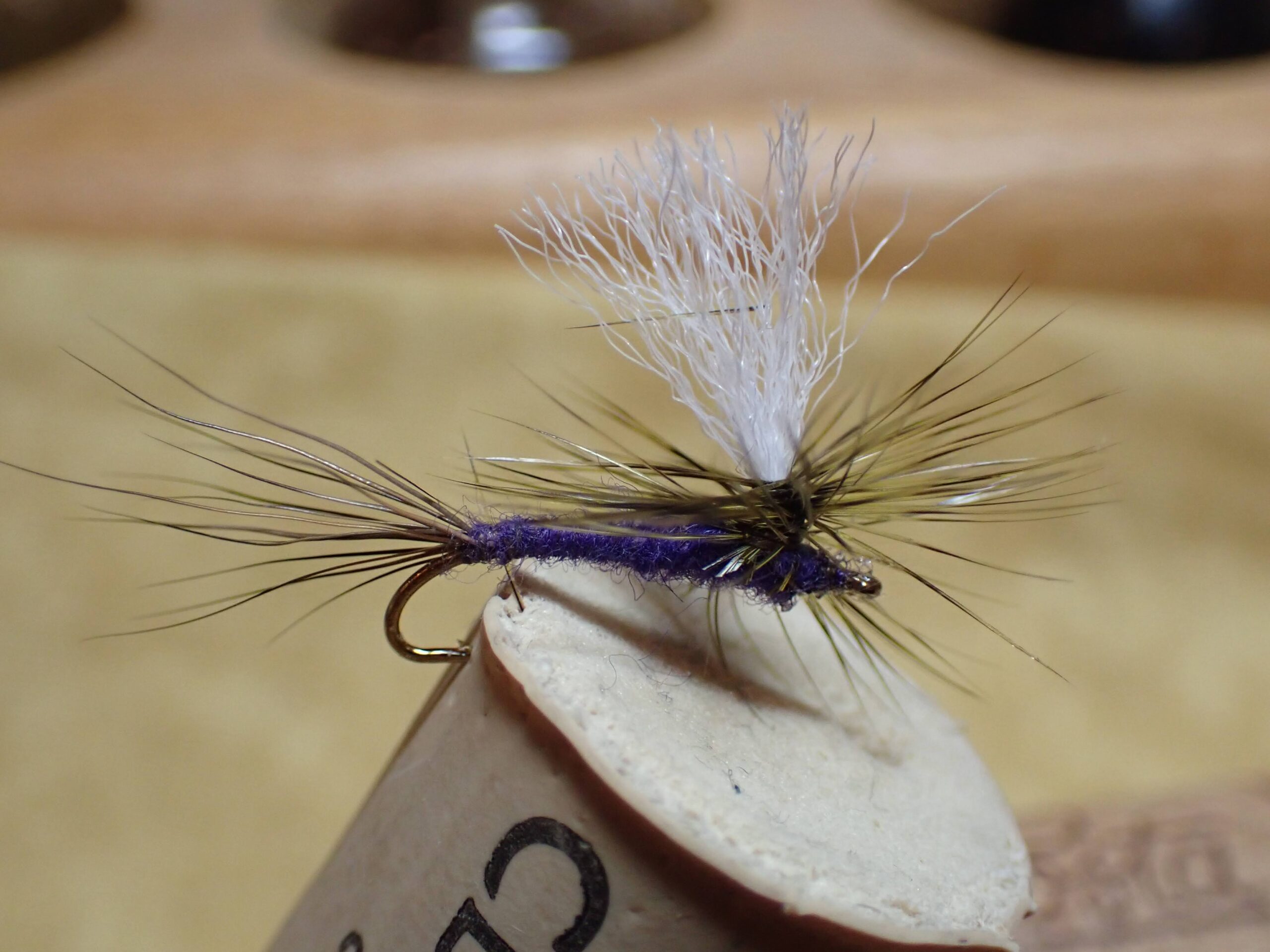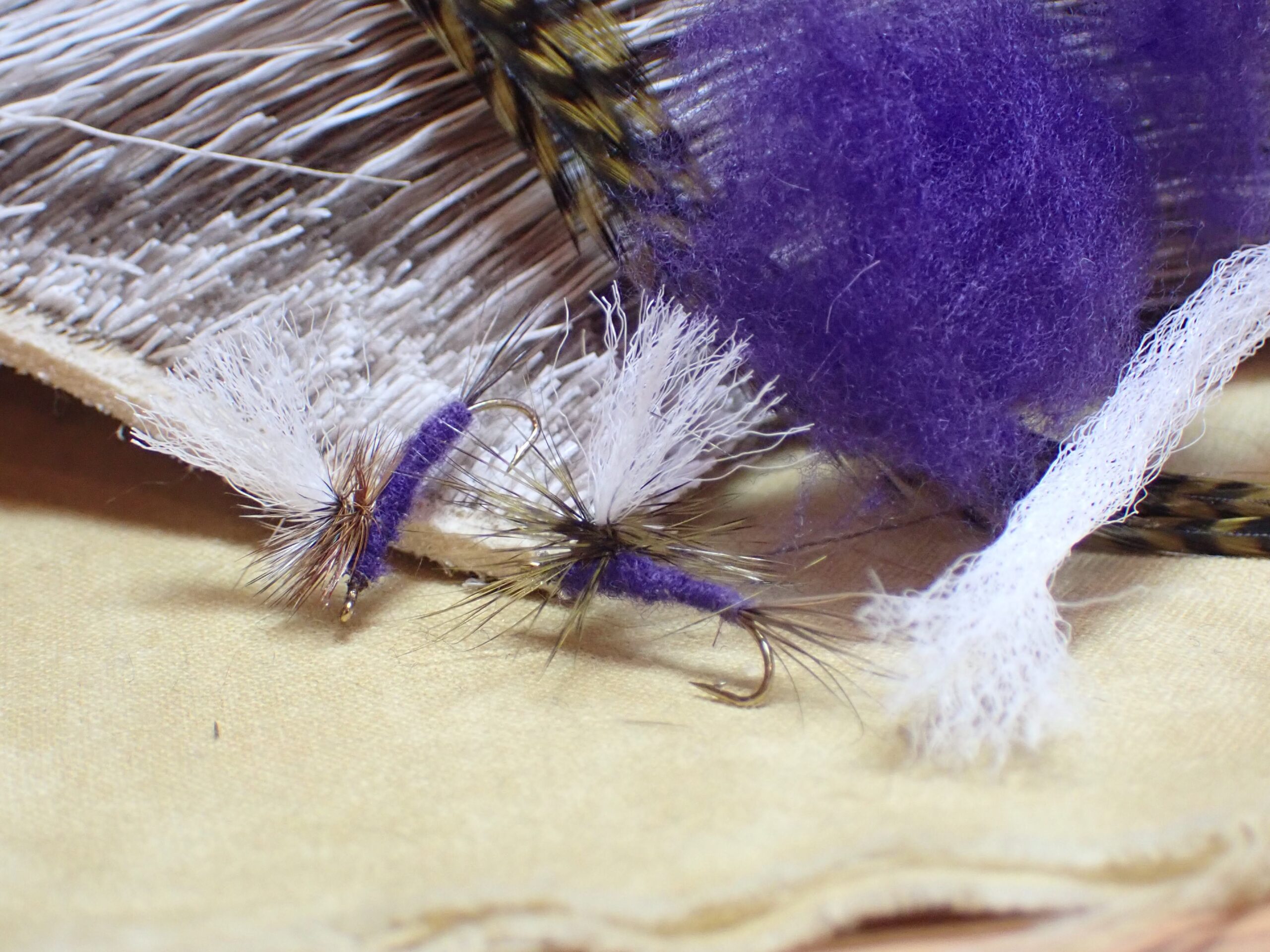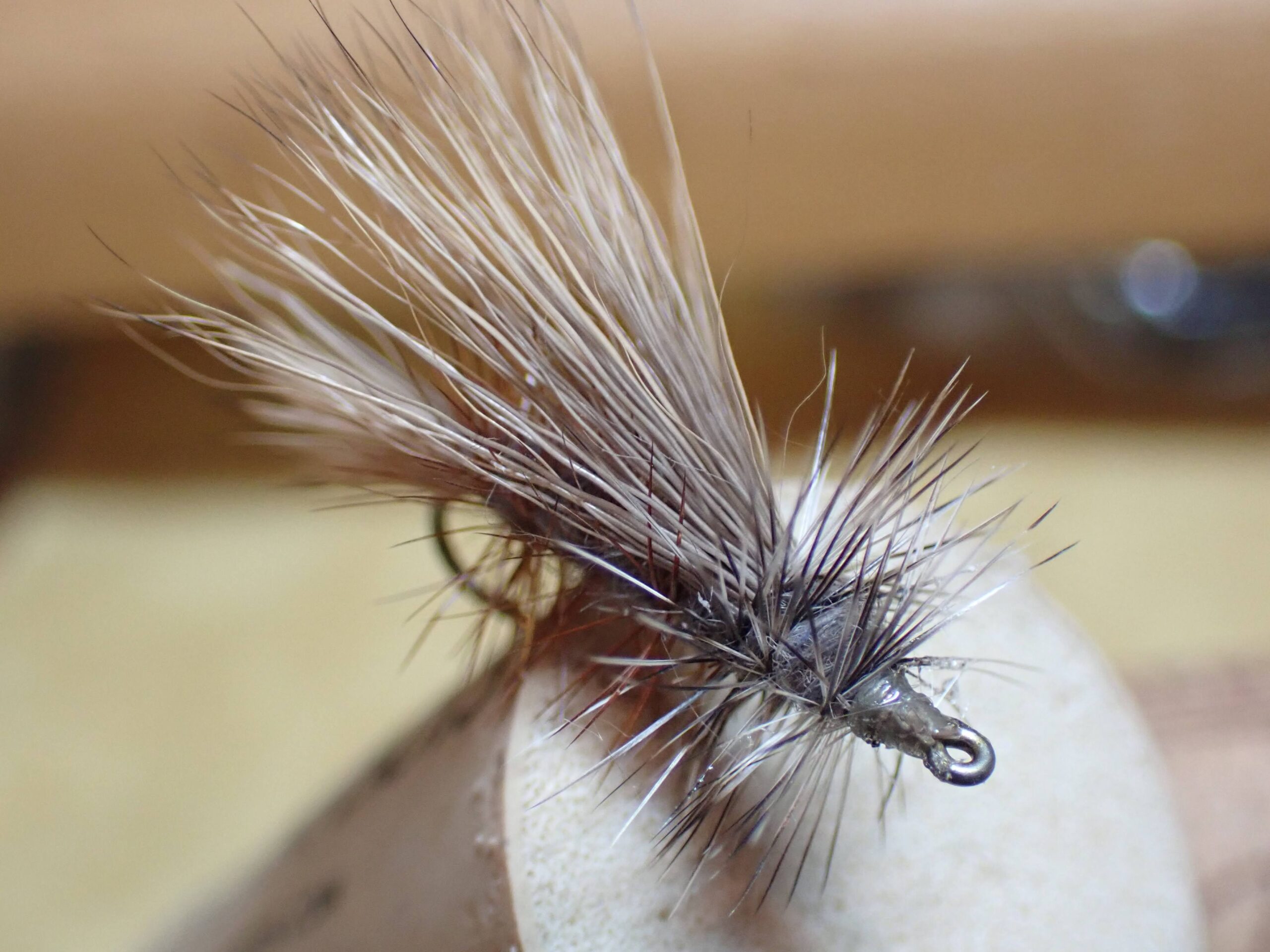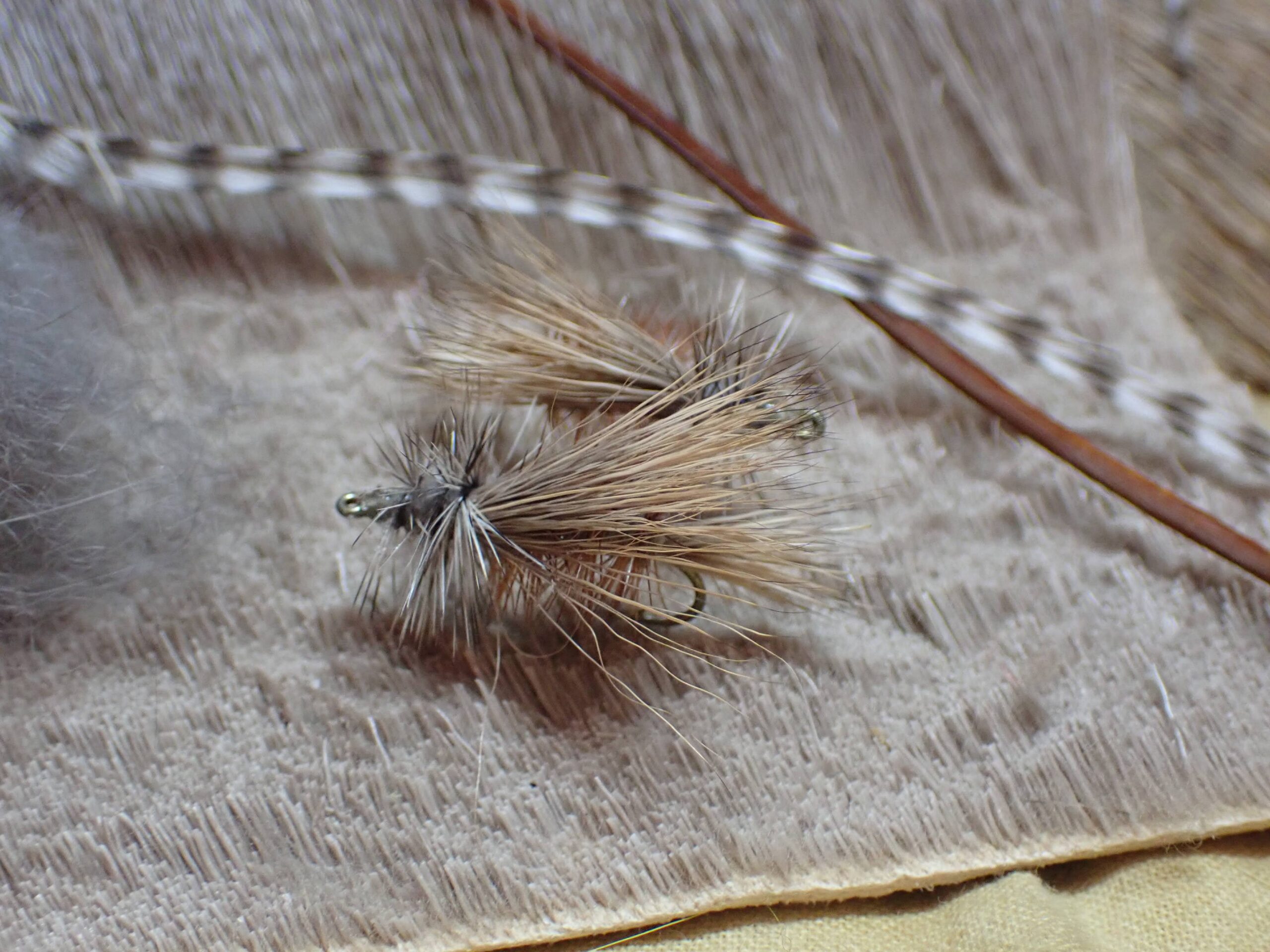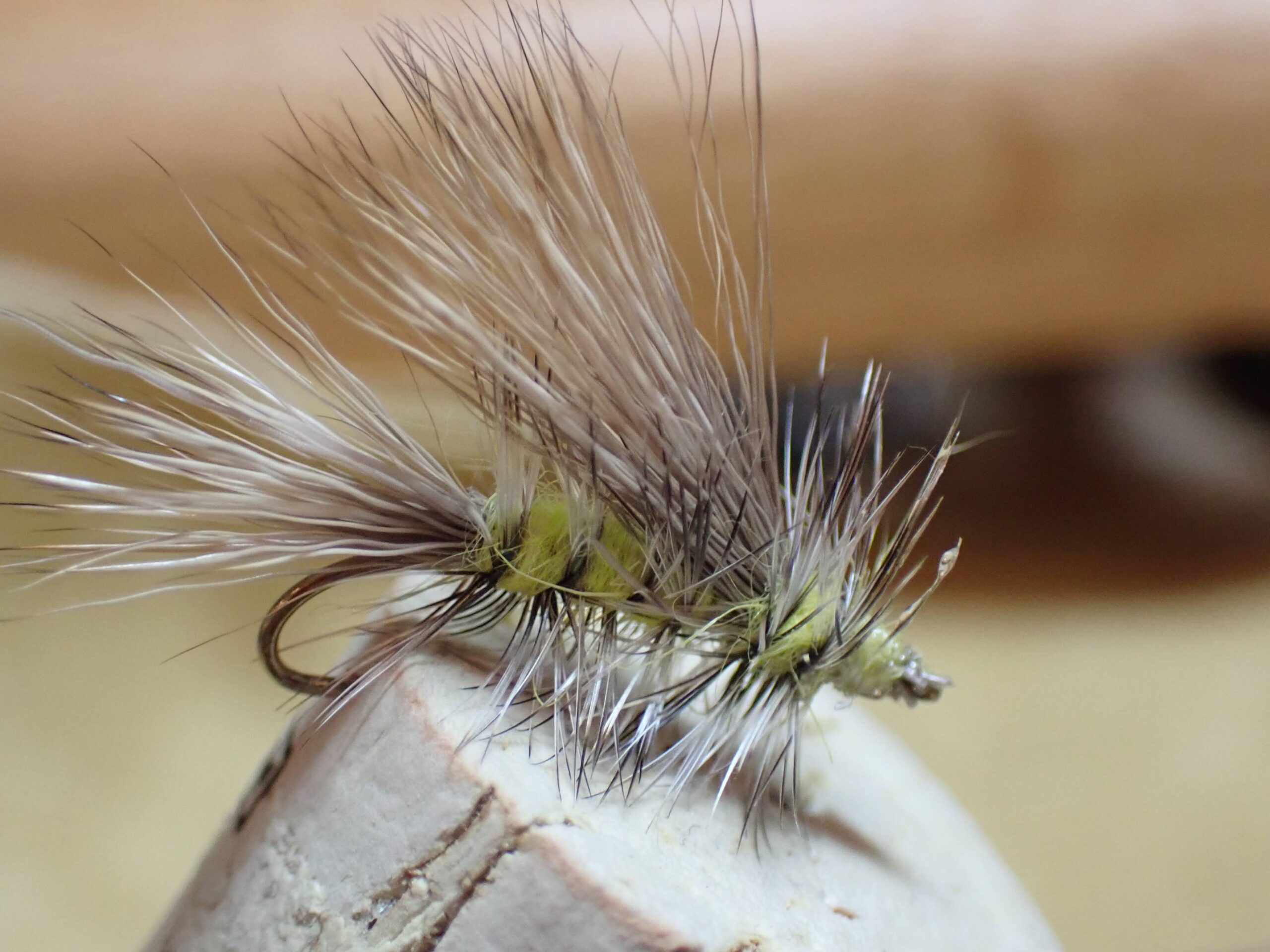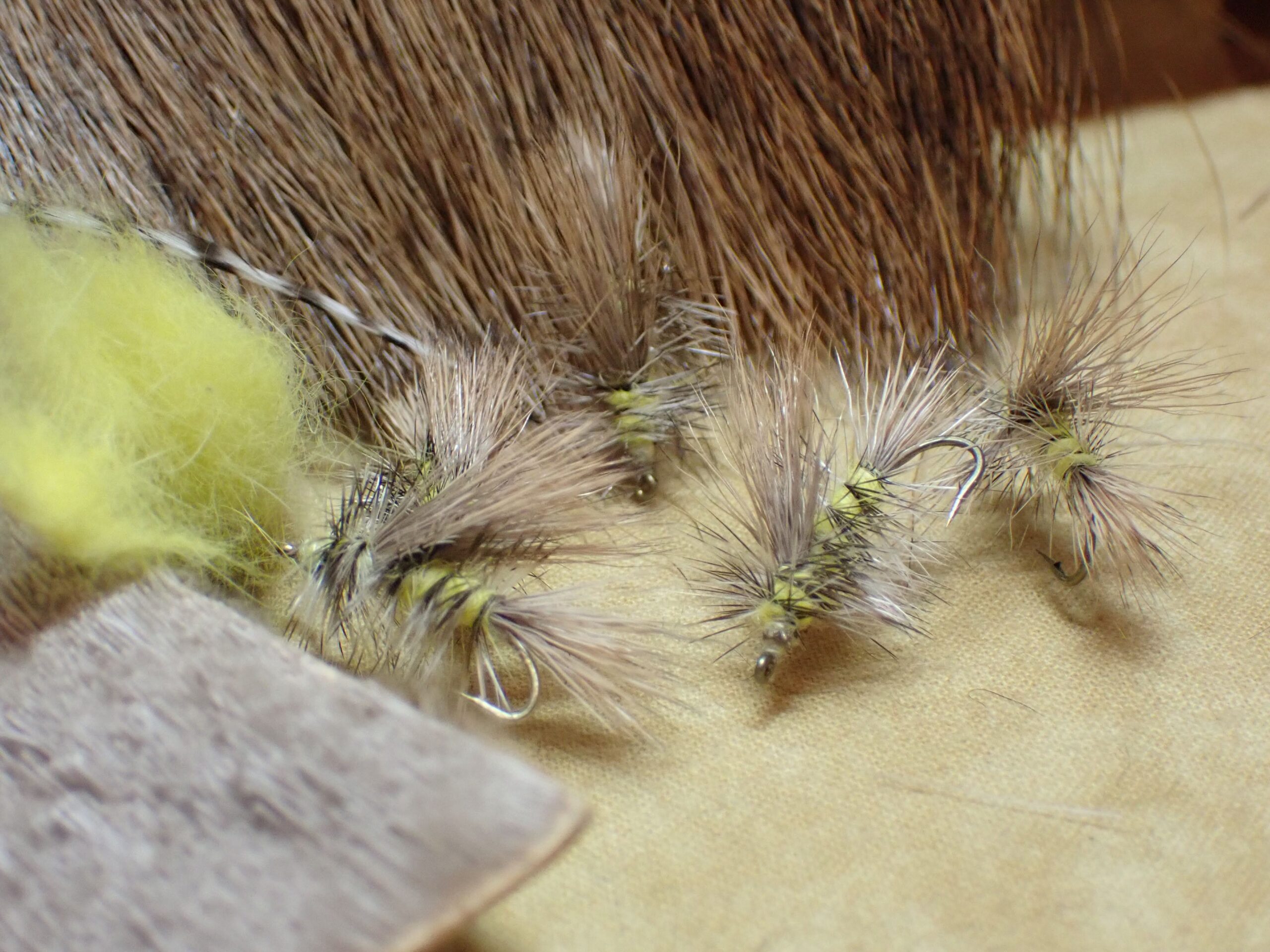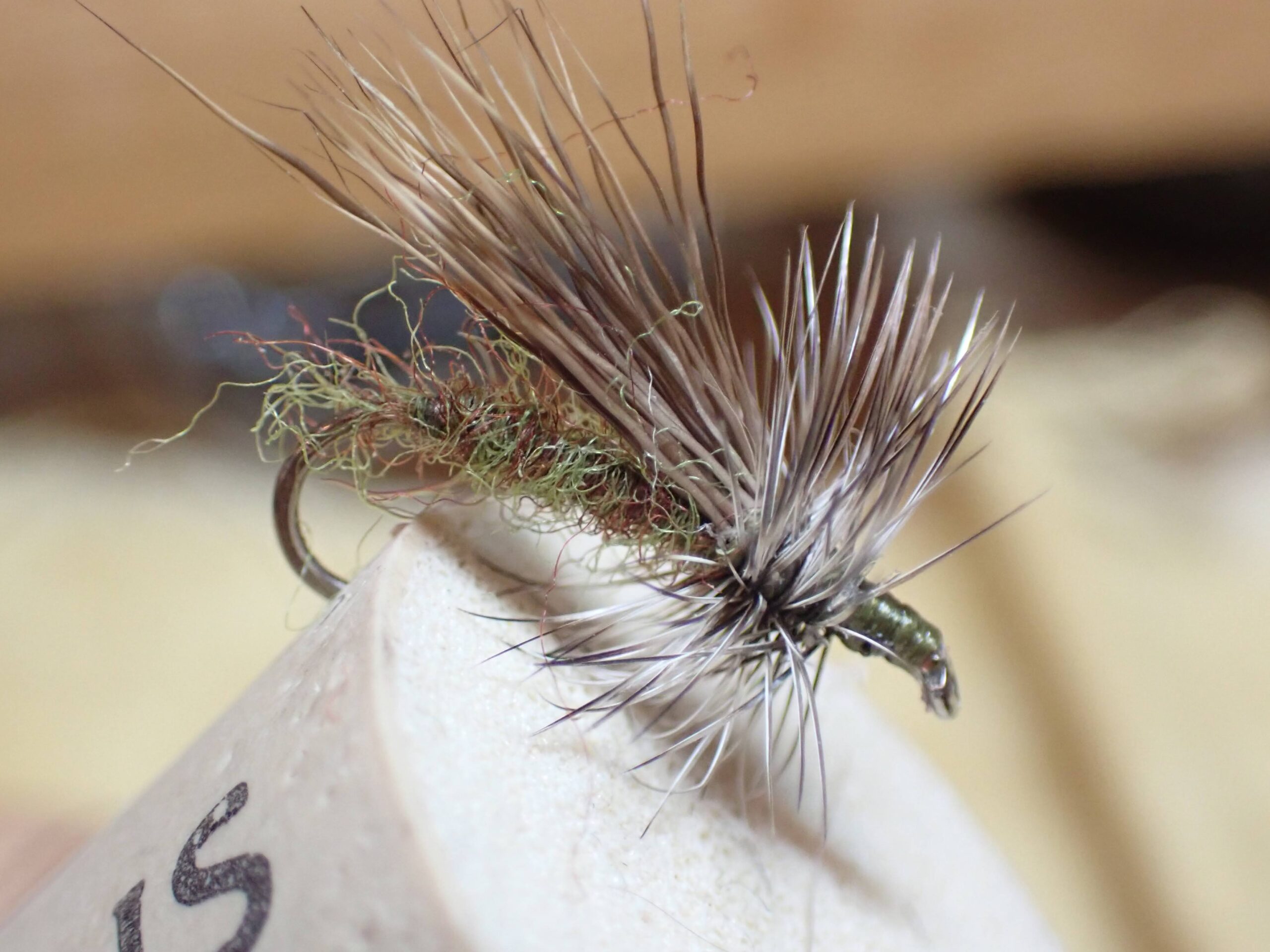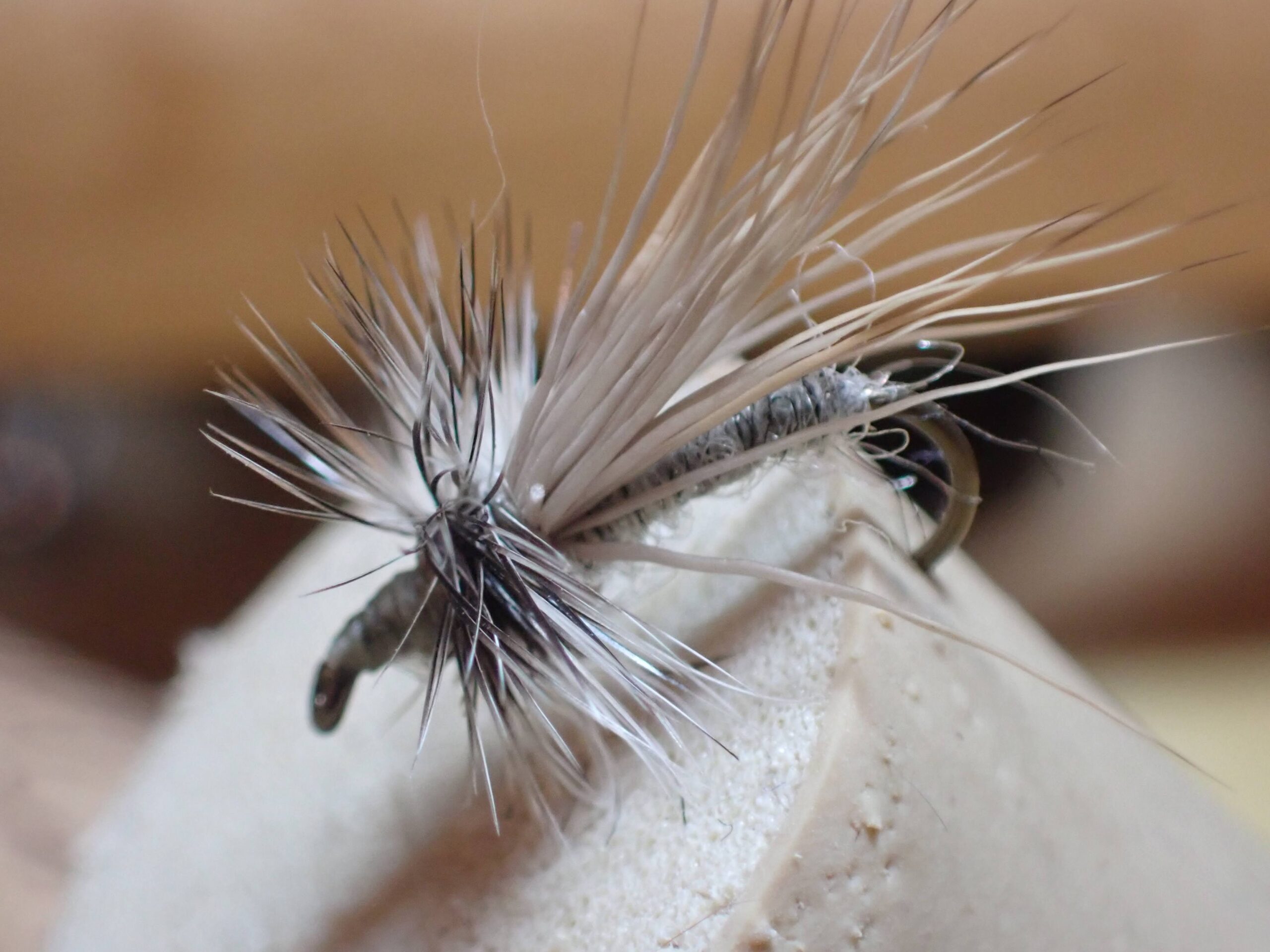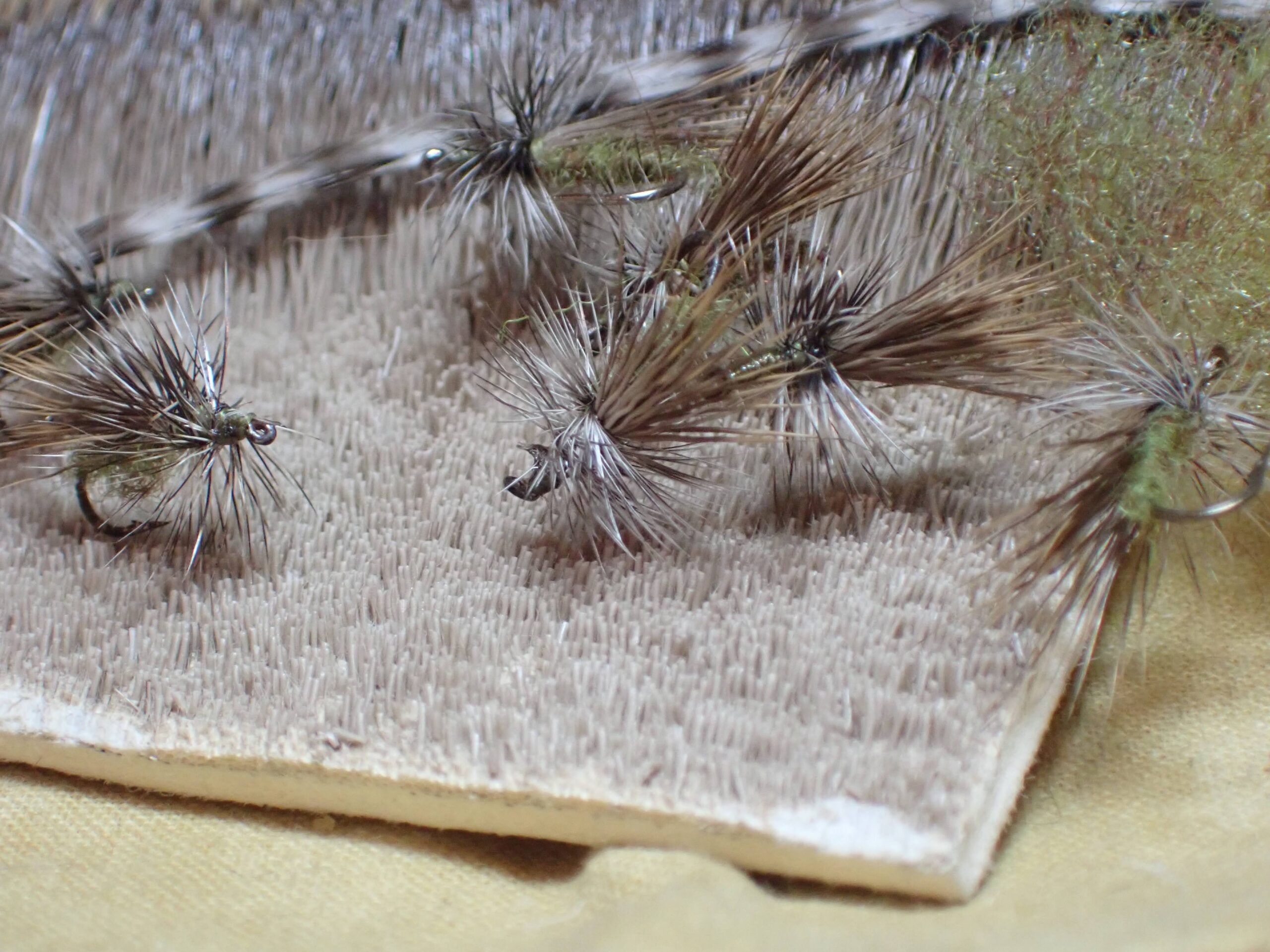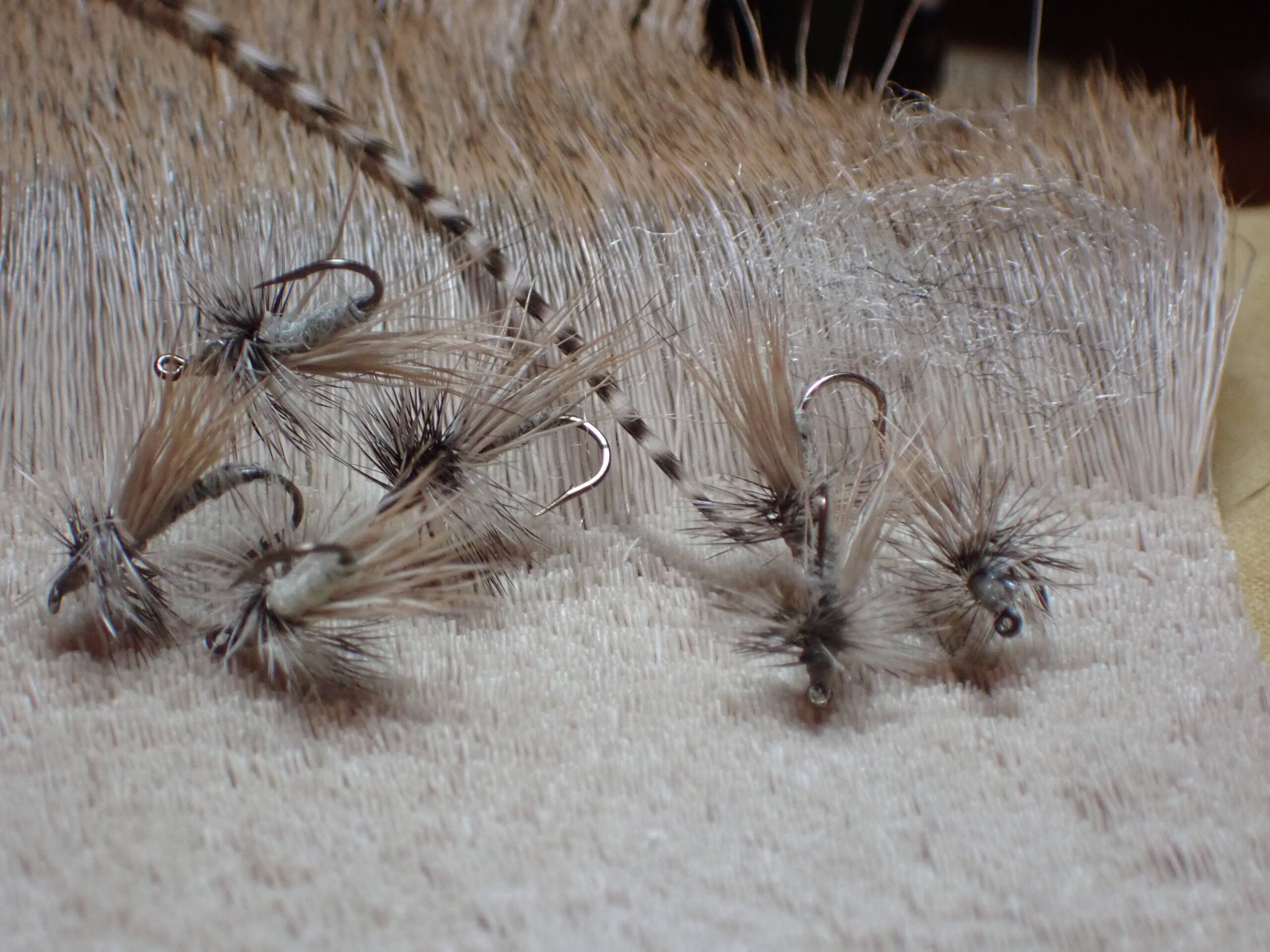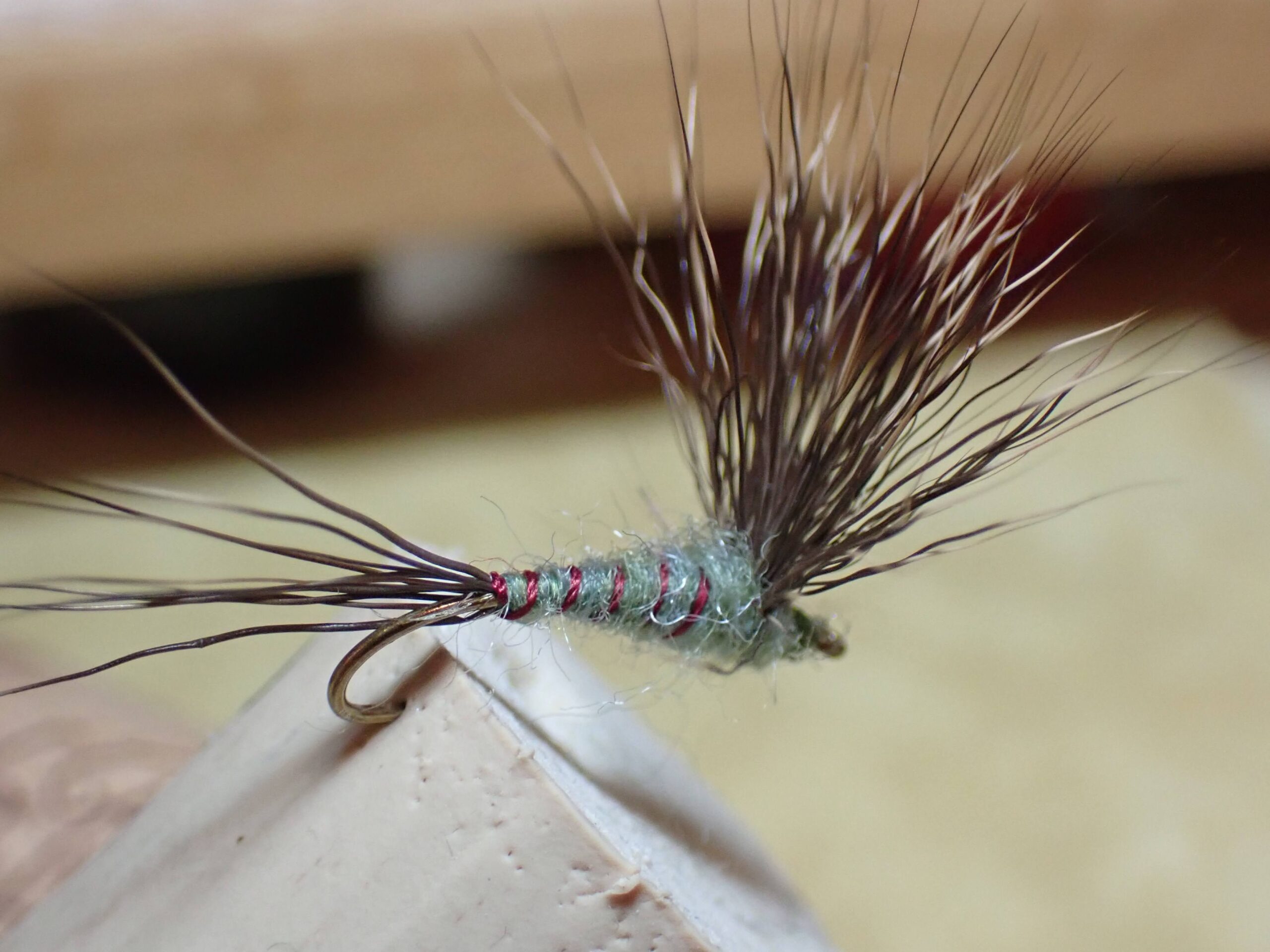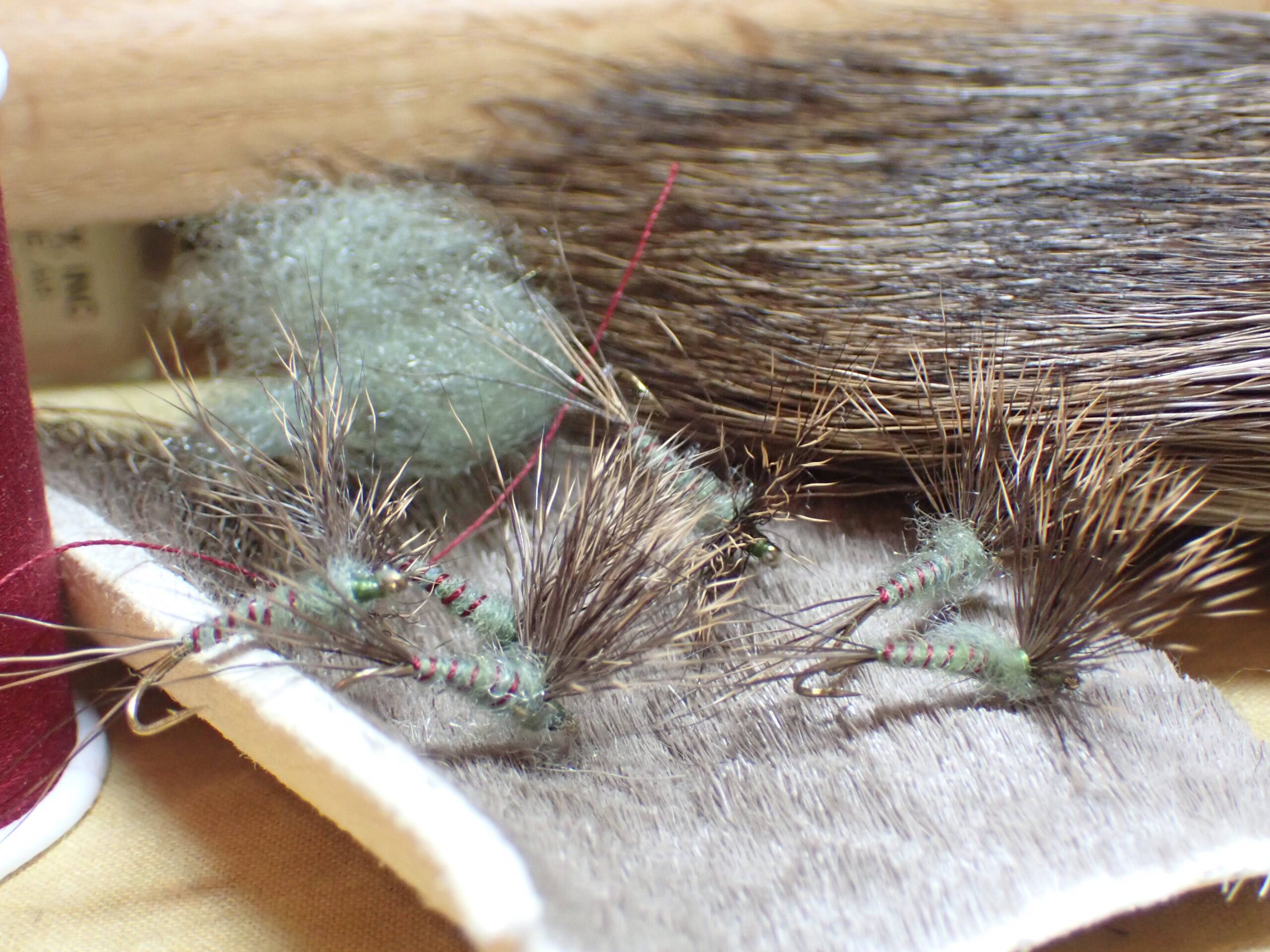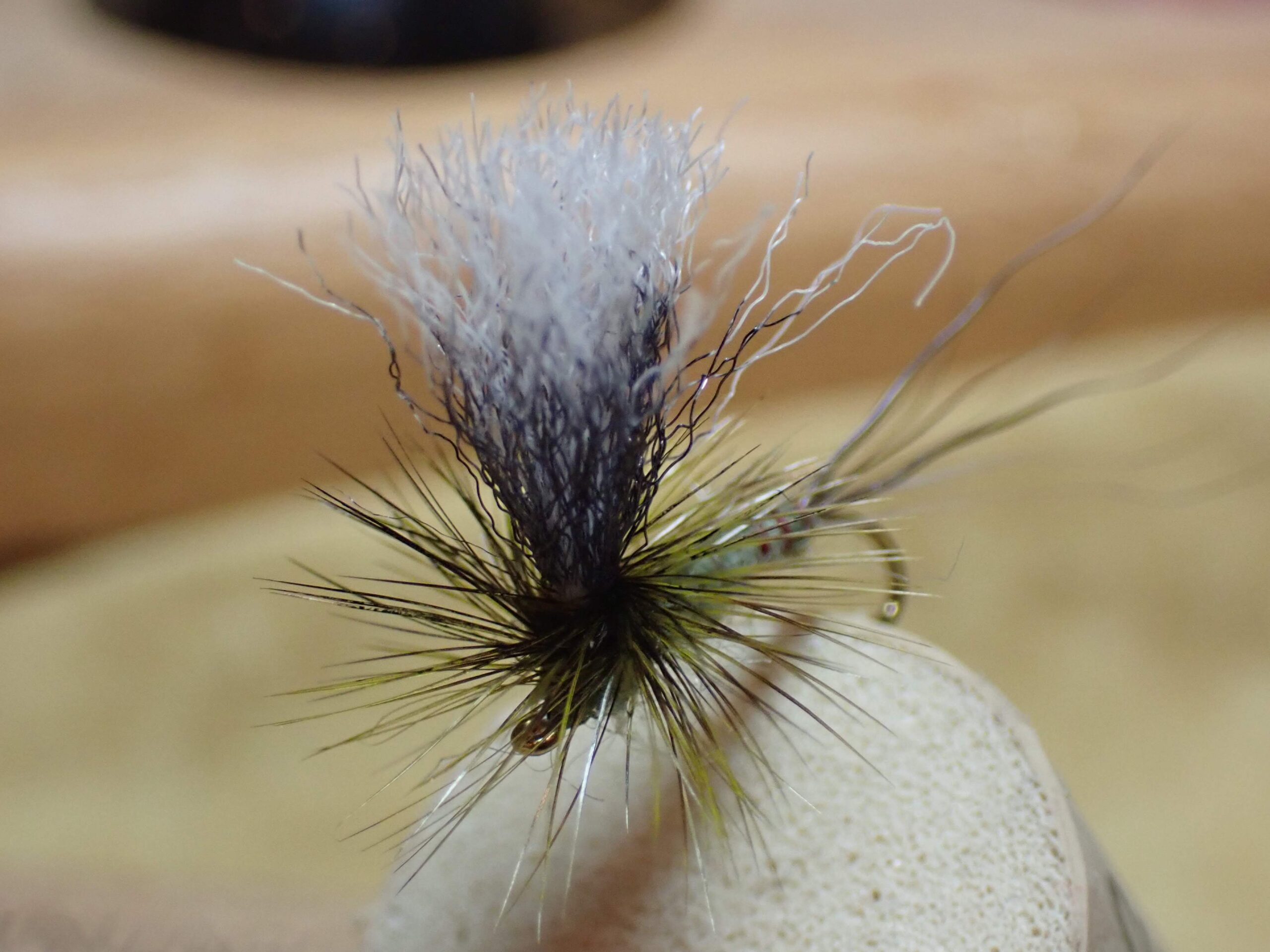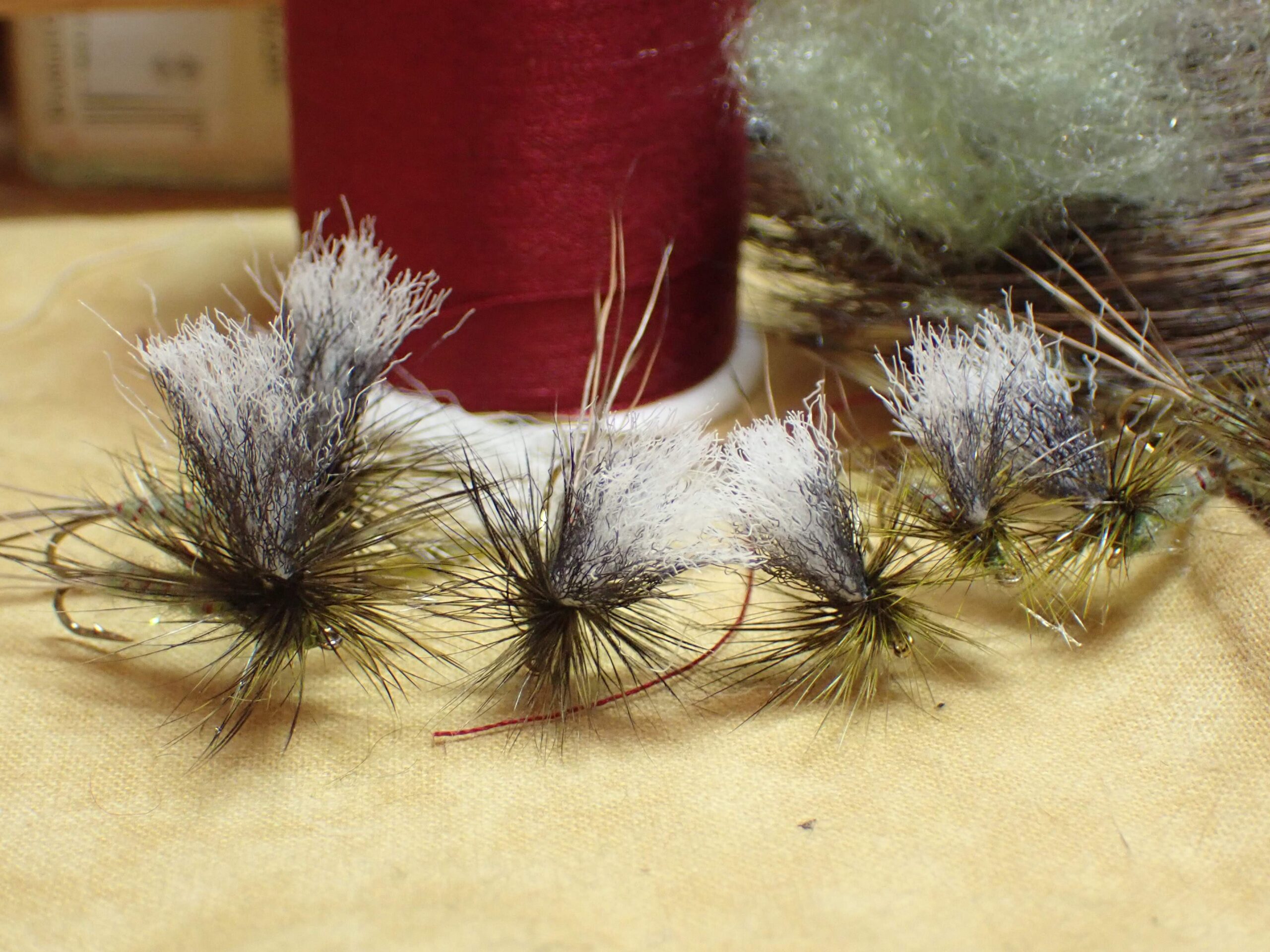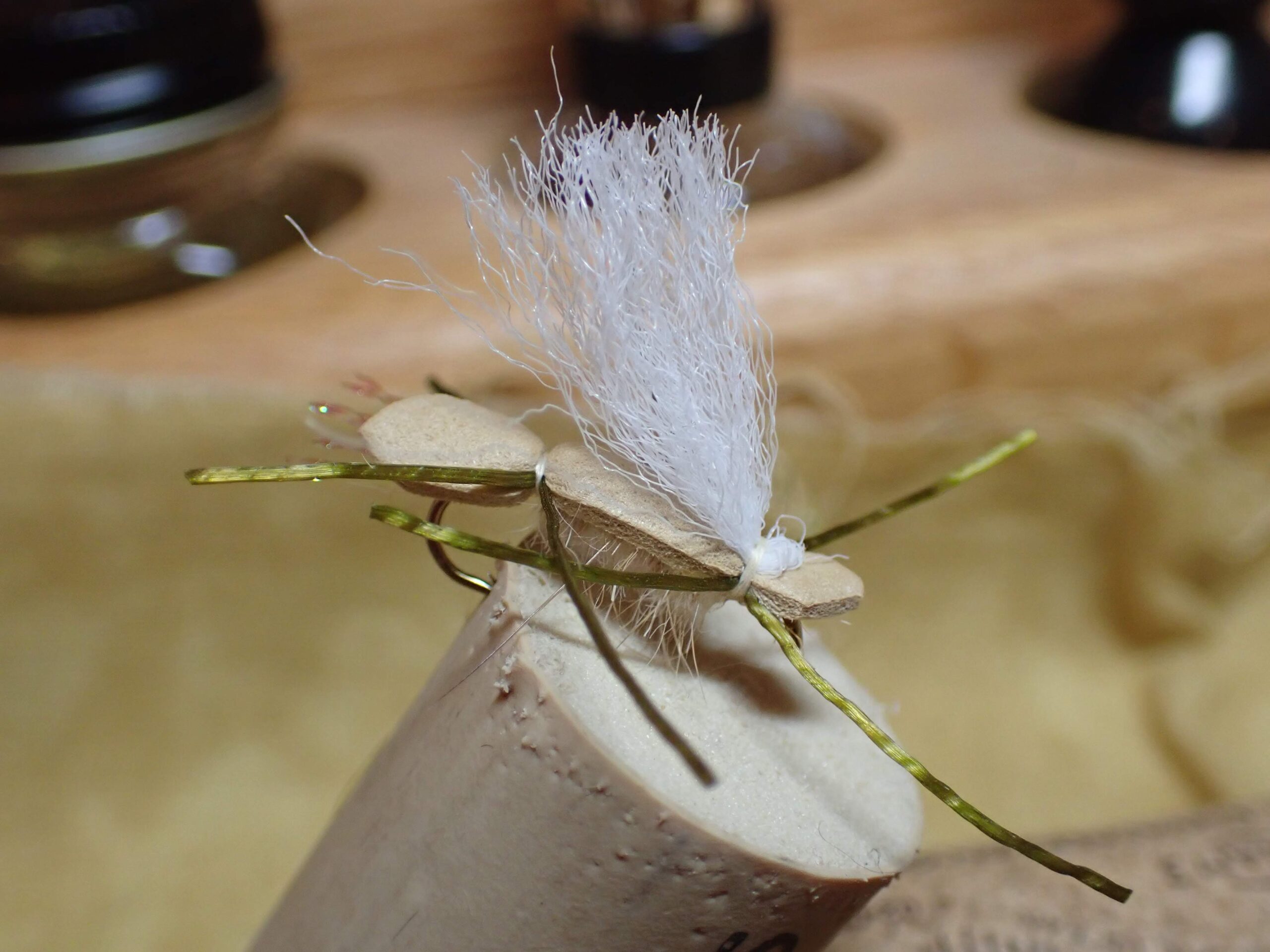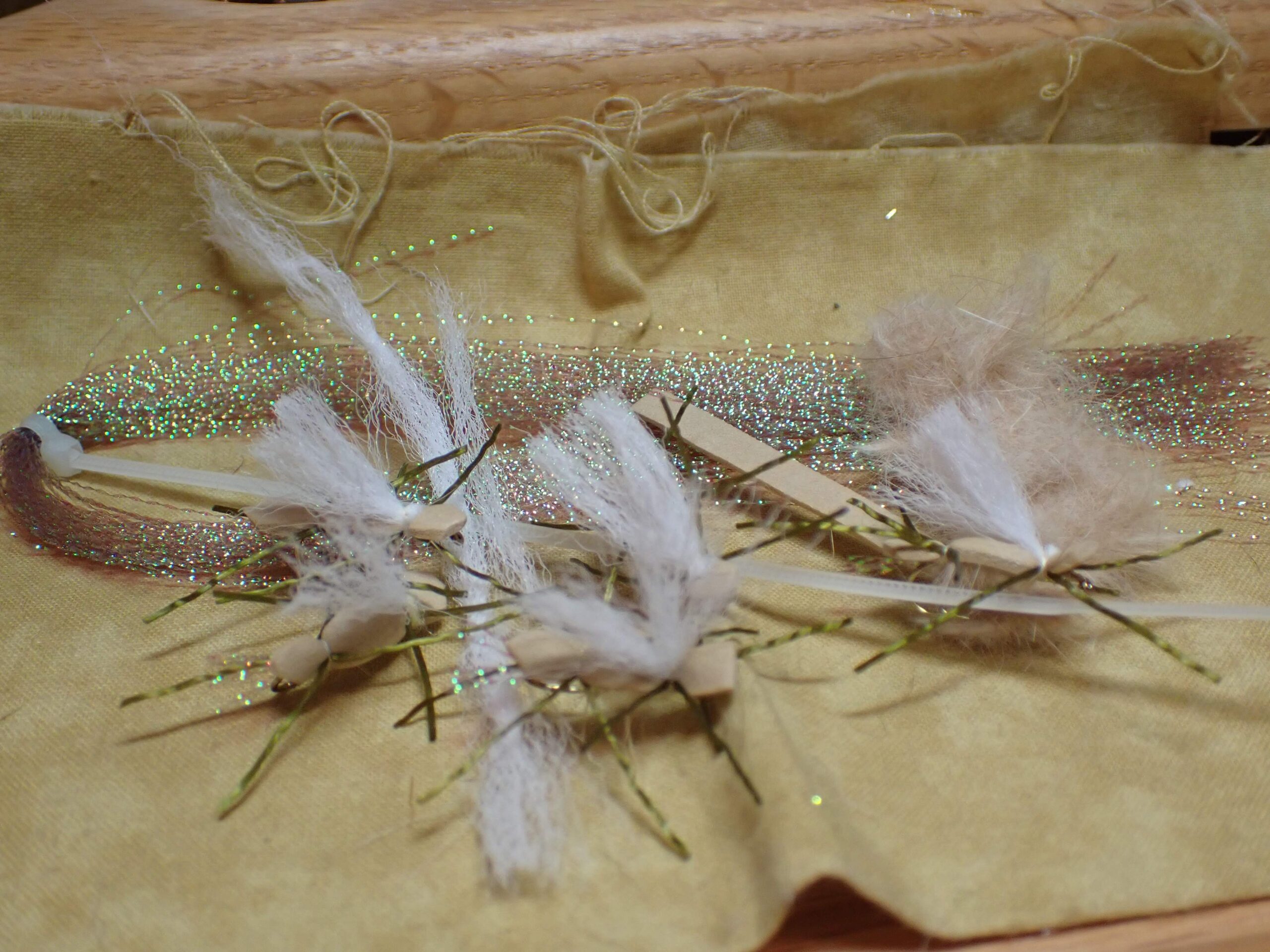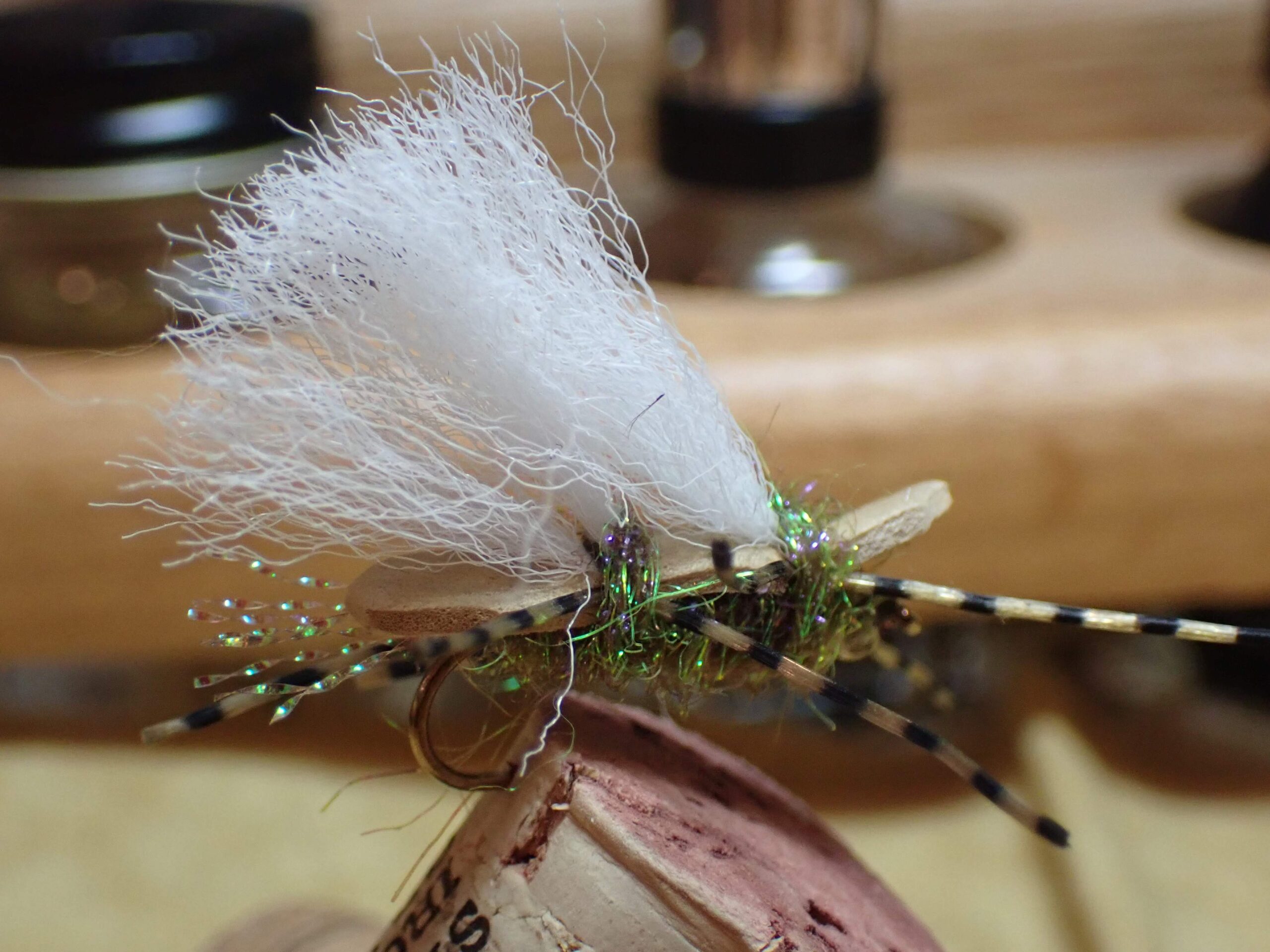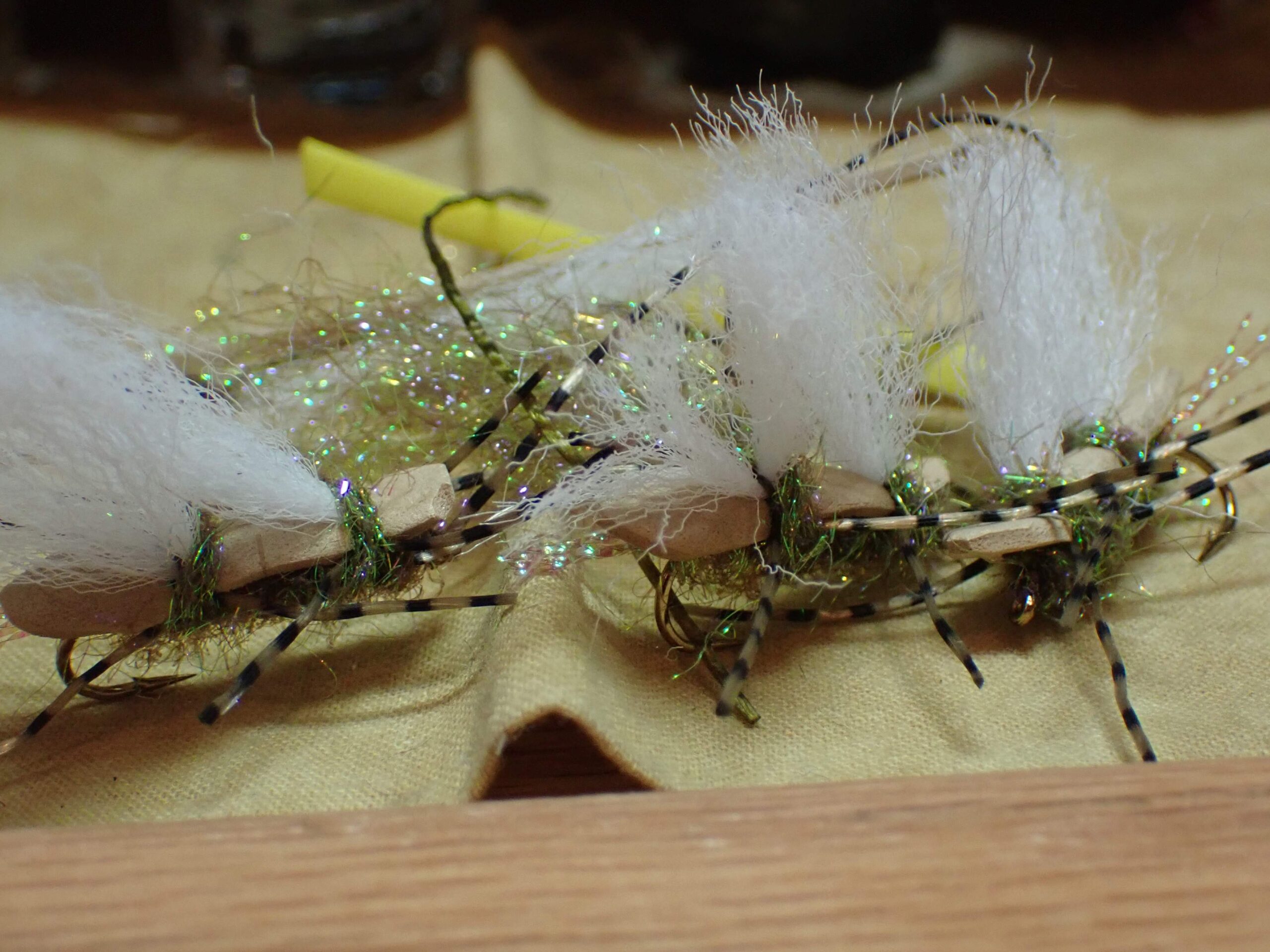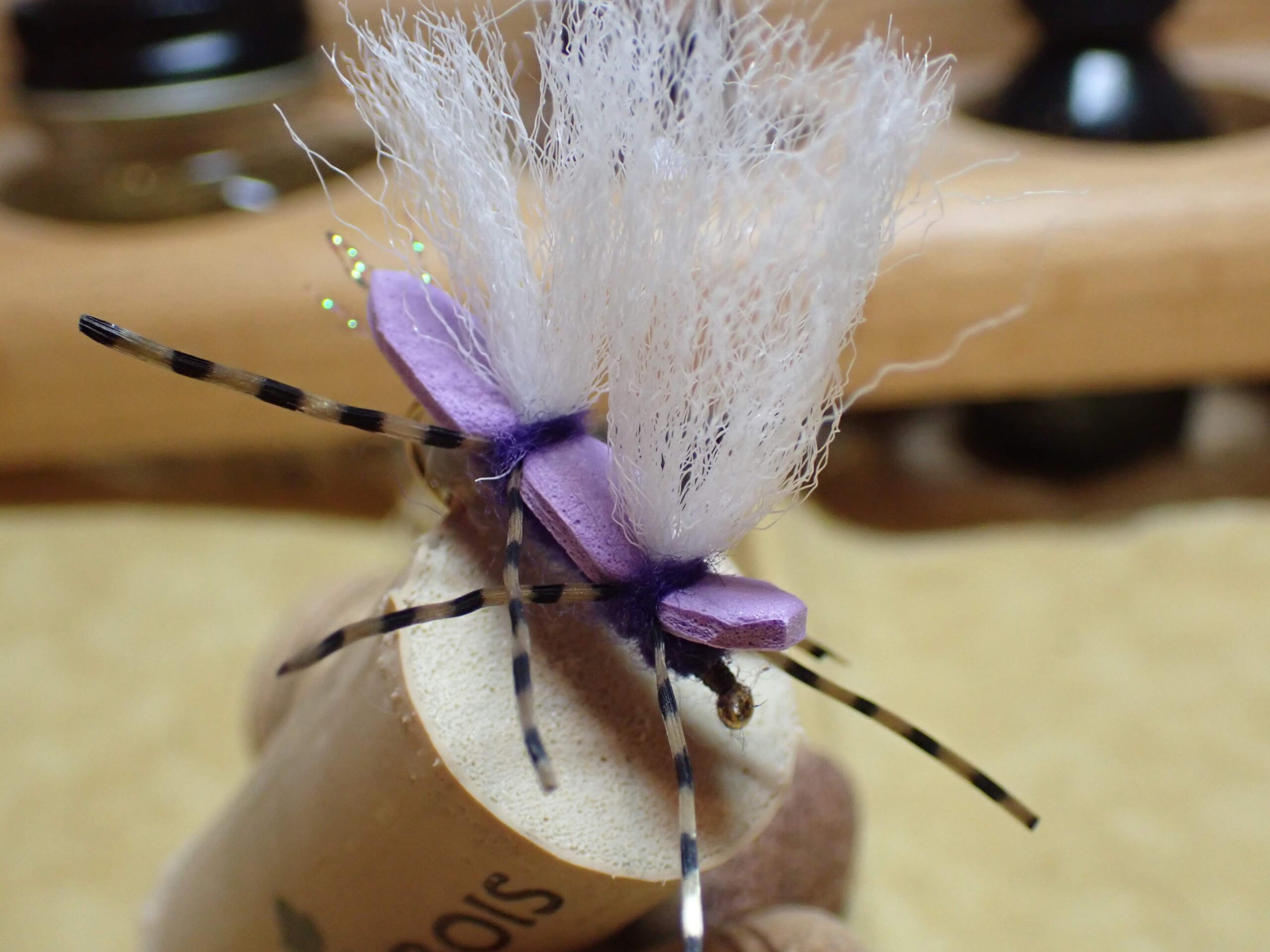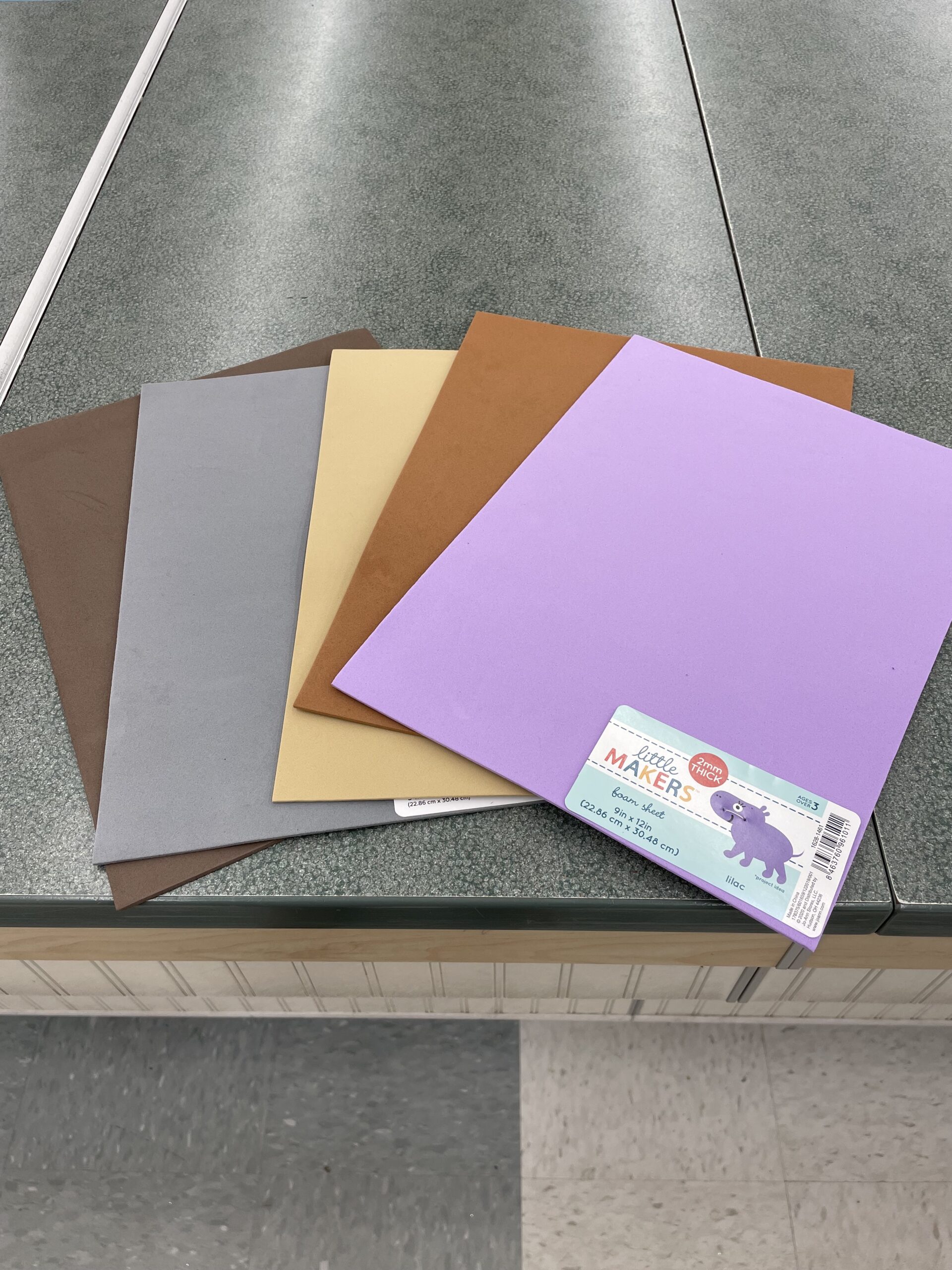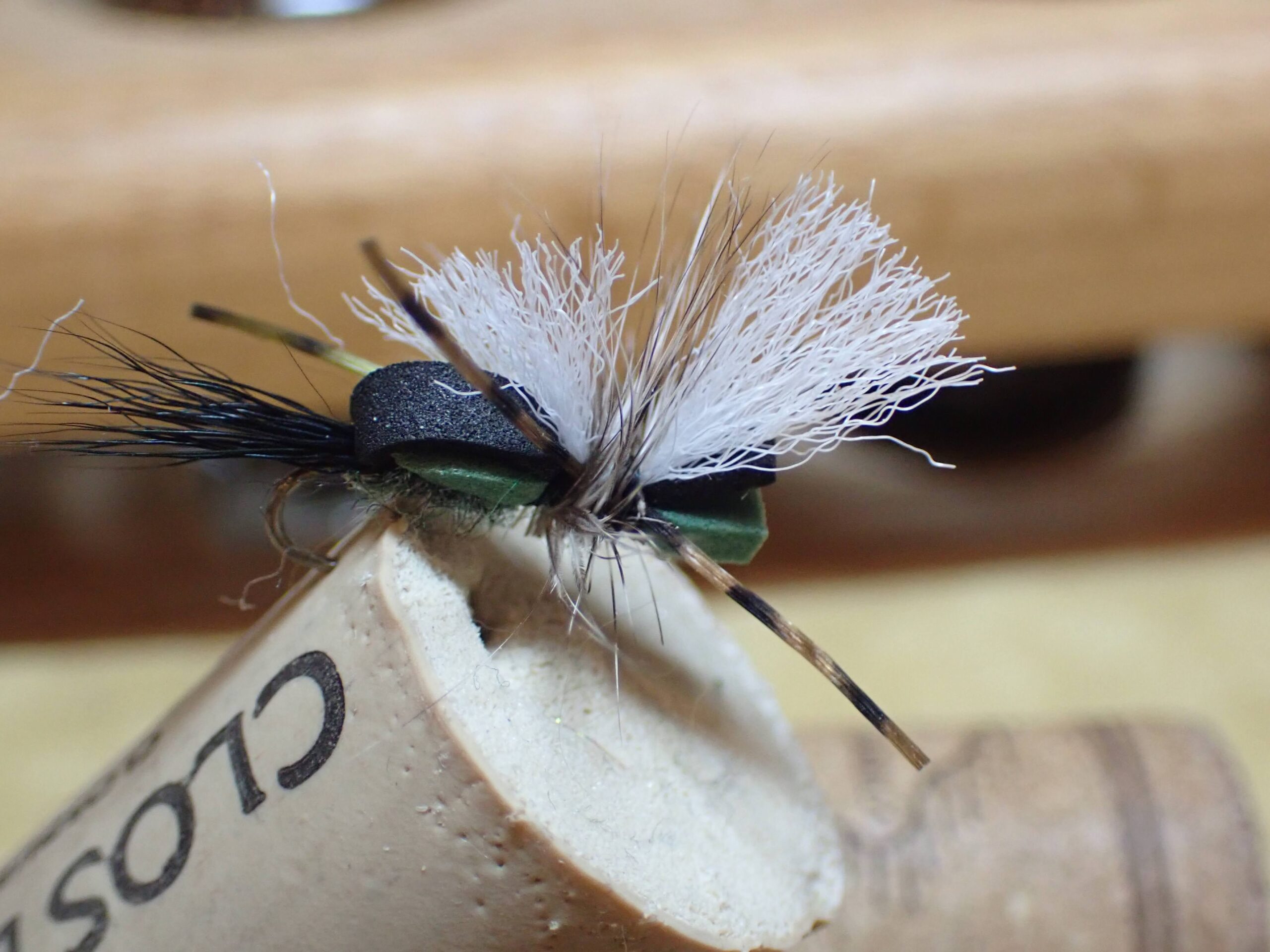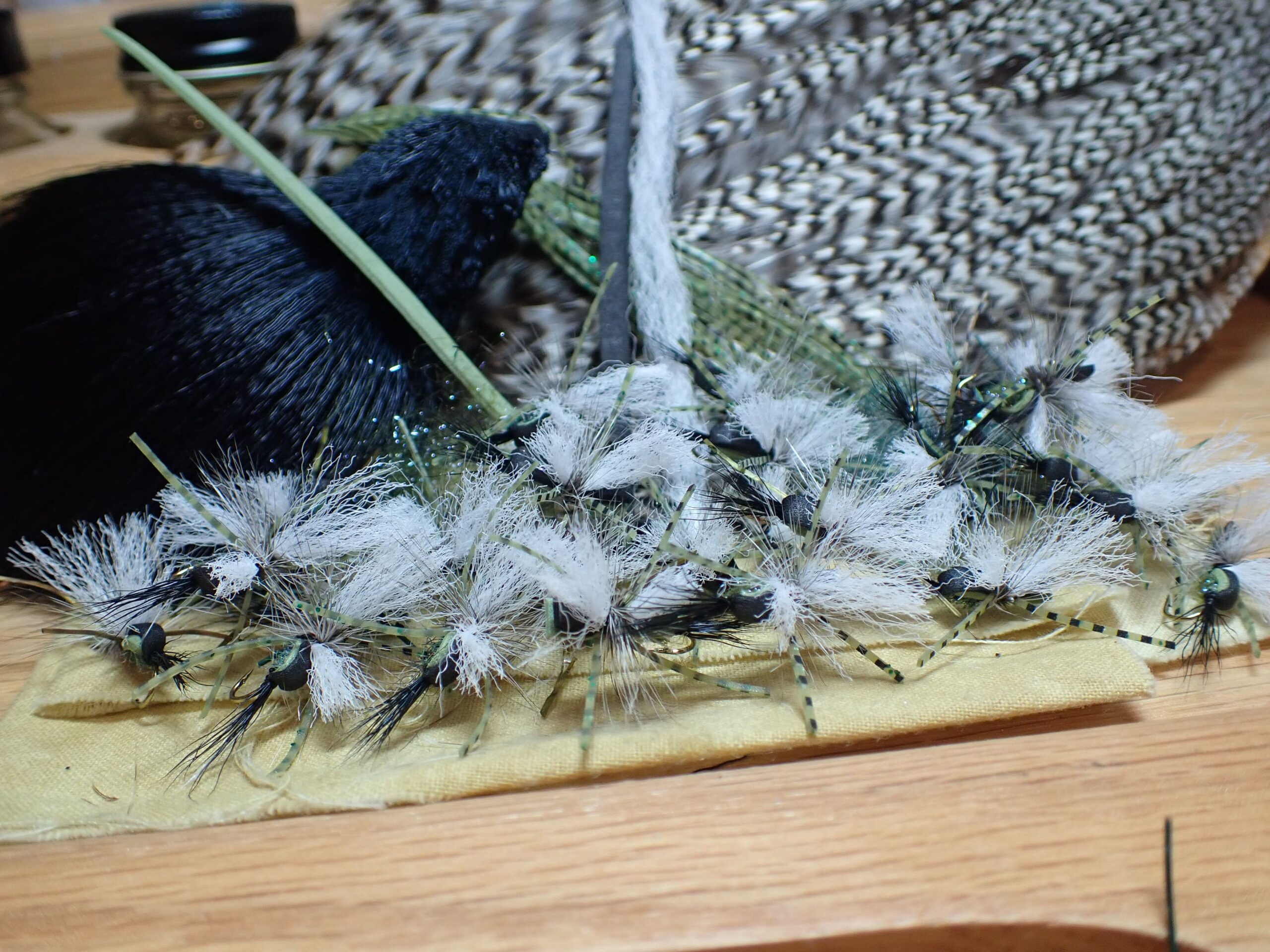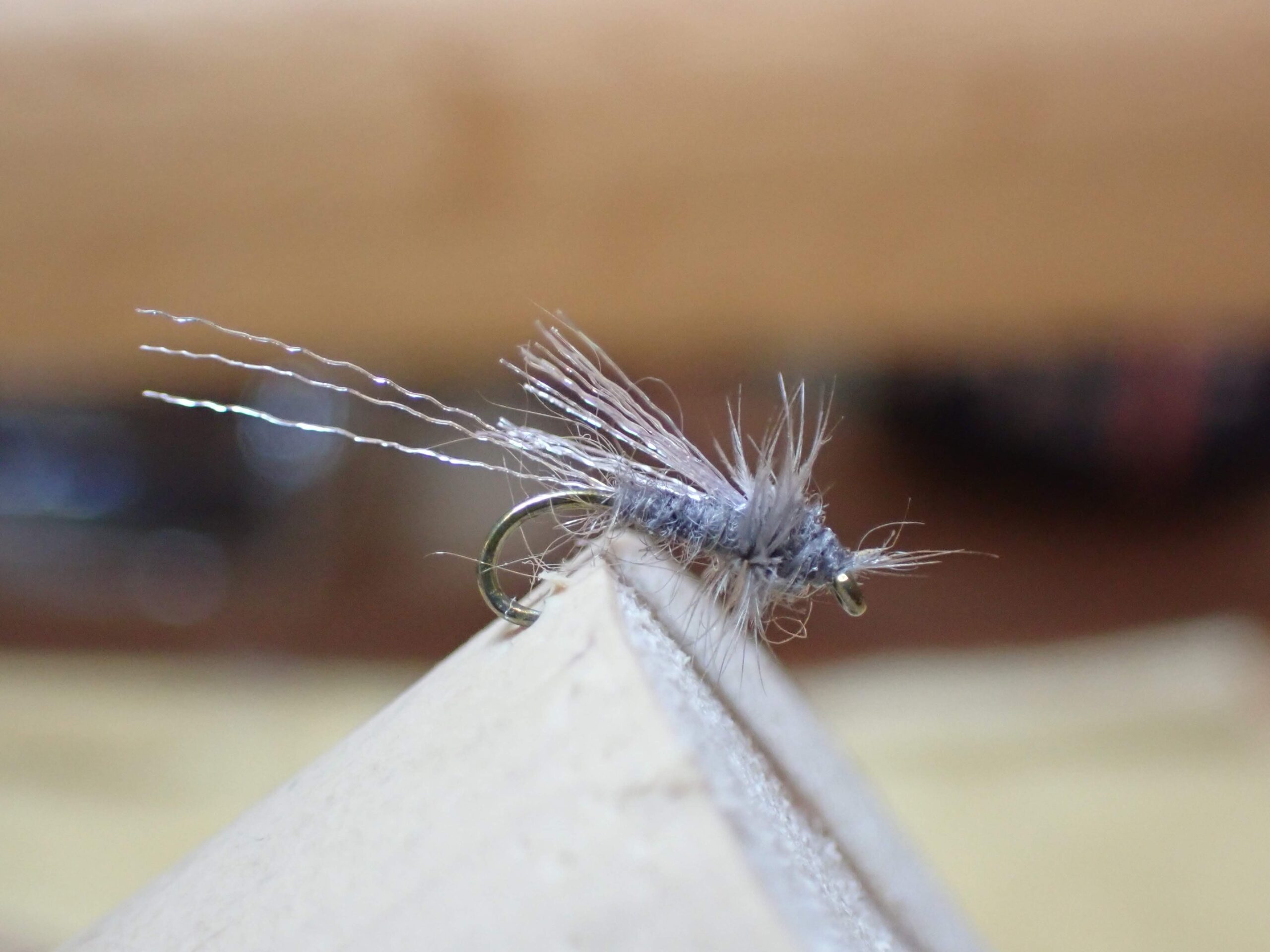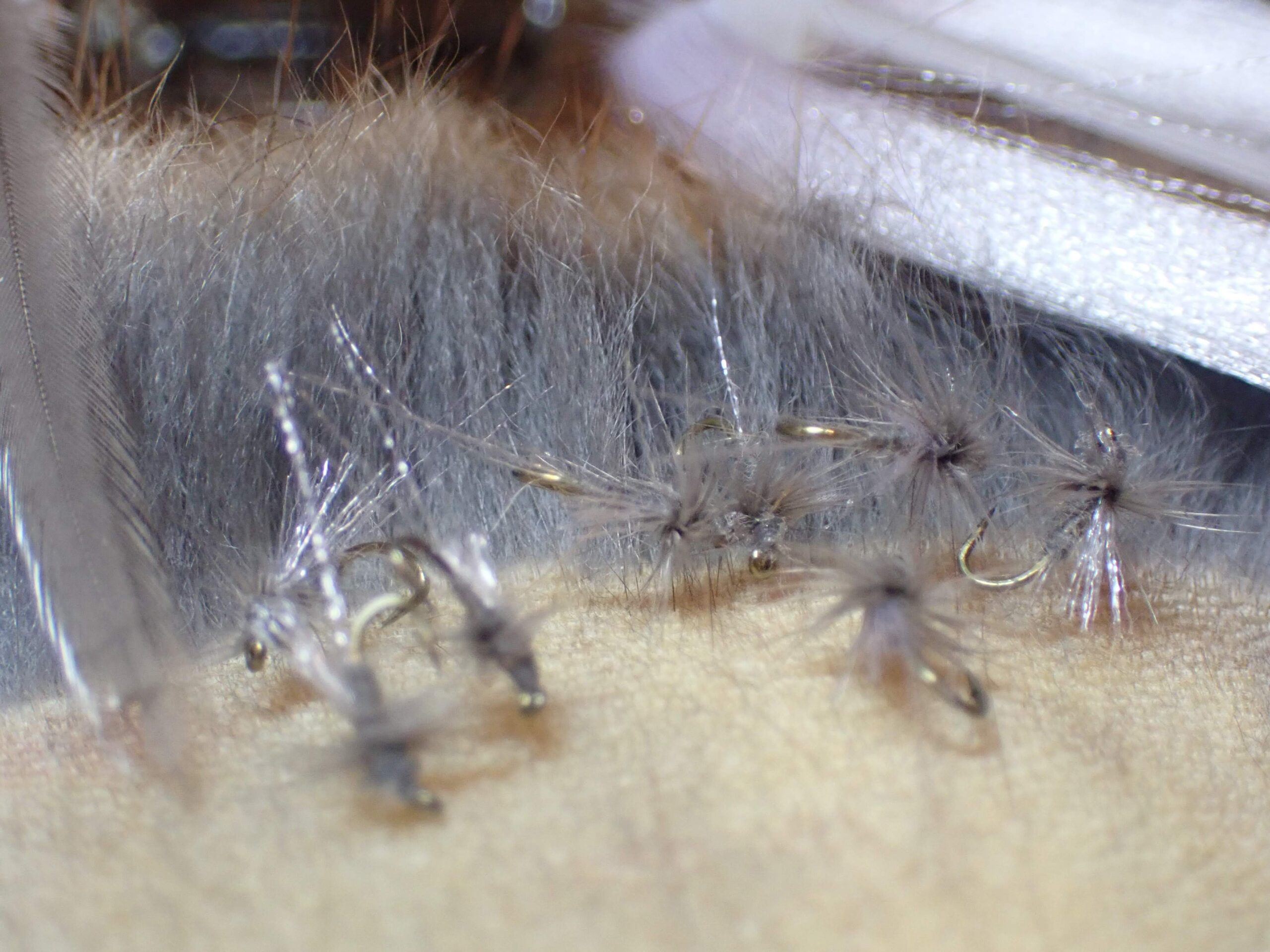Purple Haze 02/16/2024 Photo Album
The purple haze has slowly gained relevance in my fly box over the last several years. For more information regarding my introduction to this fly, please click on this link to last year’s post.
I find myself increasingly resorting to this fly, particularly during the mid-summer time frame, when I desire a large and visible mayfly imitation. The white wing post makes the fly reasonably easy to track, and the purple body seems to be a surprising fish attractor. The purple haze is a solid favorite with my float trip guide, Reed, and I have simply expanded my usage from there.
I experienced minimal shrinkage during 2023, so I added two more flies to my purple haze supply. I am quite anxious for purple haze season in 2024.

